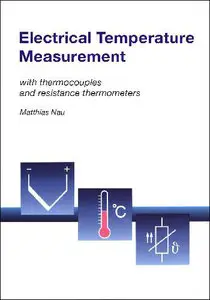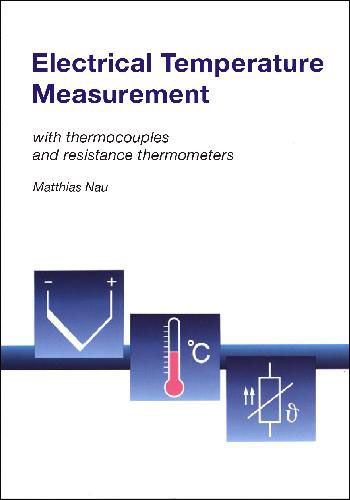M. Nau, "Electrical Temperature Measurement"
2002 | pages: 163 | ISBN: 393574207X | PDF | 4,3 mb
2002 | pages: 163 | ISBN: 393574207X | PDF | 4,3 mb
For decades, temperature has been one of the most important process variables in the automation, consumer goods and production industries. Electrical measurement of temperature, by using resistance thermometers and thermocouples, is in fact more than 100 years old, but the development of sensors and thermometers is by no means over. The continuous optimization of processes leads to ever higher demands on the thermometers, to measure temperature faster, more accurately, and with better repeatability over a longer time.Since there is, regrettably, no single thermometer that is capable of handling all possible measurement tasks with sufficient accuracy, it is vitally important, especially for the user, to be first familiar with the fundamentals of electrical temperature measurement and then to understand the characteristics and sources of error involved. A precision thermometer by itself is no guarantee that the temperature will be properly measured. The temperature that is indicated is only the temperature of the sensor. The user must take steps to ensure that the temperature of the sensor is indeed the same as that of the medium being measured.This book has been a favorite guide for interested users for many years. This version has been revised and updated to take account of altered standards and new developments. In particular, the new chapter "Measurement uncertainty" presents the basic concepts of the internationally recognized ISO guideline "Guide to the expression of uncertainty in measurement" (abbreviated to GUM) and illustrates methods of determining the measurement uncertainty of a temperature measurement system and the factors that affect it.
My Links



